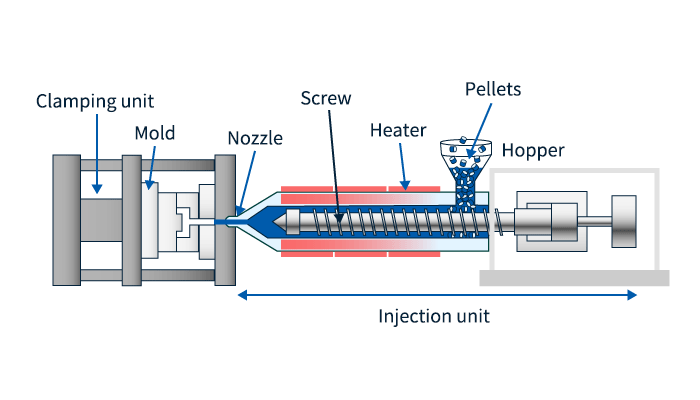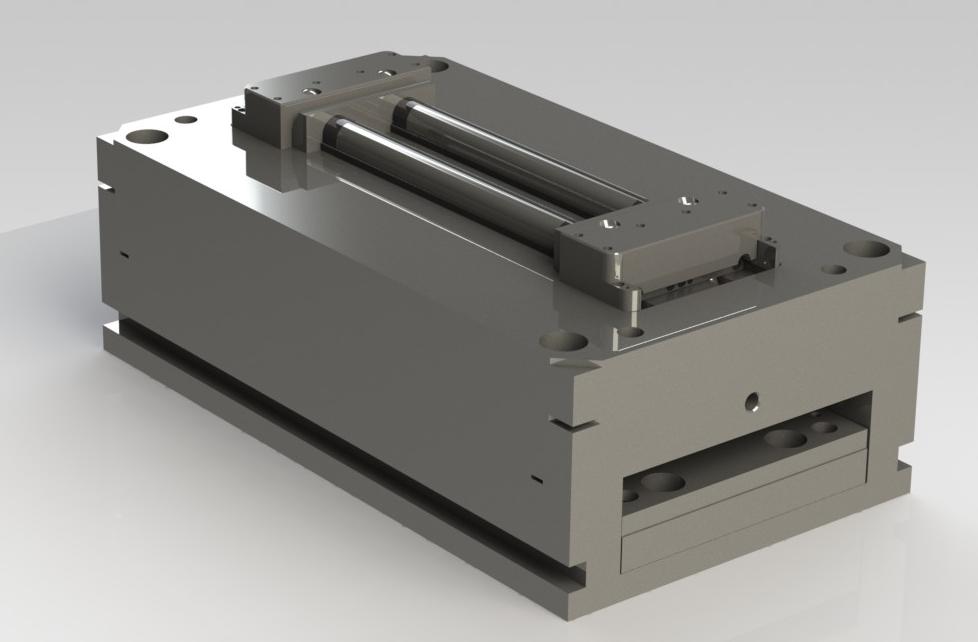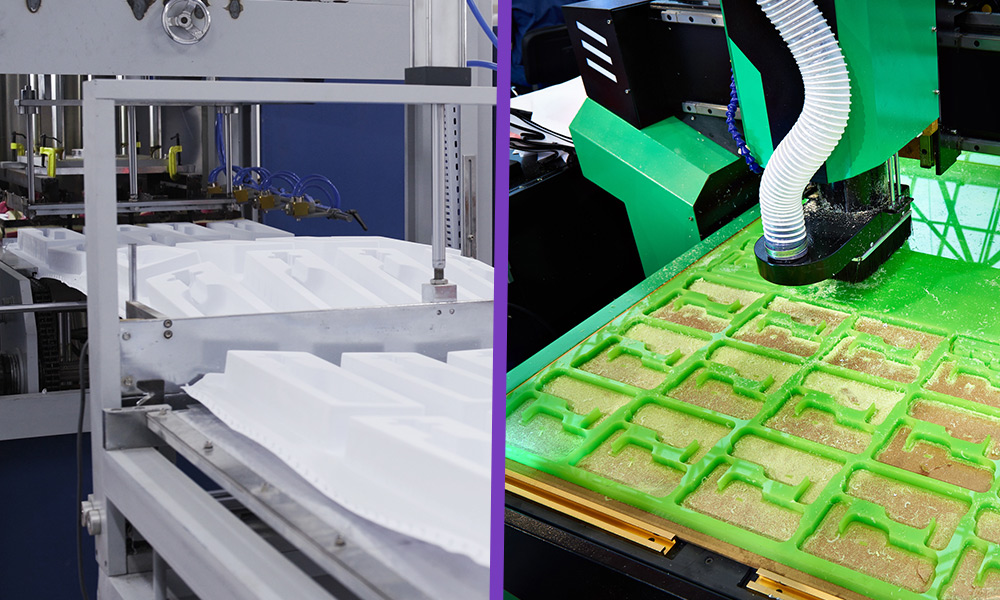Understanding the Basics of Plastic Shot Molding Procedures
Plastic shot molding functions as a keystone of modern-day manufacturing, giving a methodical strategy to creating intricate components with precision. This process not just incorporates the fundamental actions of melting and injecting materials into mold and mildews but likewise includes a nuanced understanding of various influencing factors, such as temperature and pressure. As markets progressively require effectiveness and top quality, the complexities of this methodology become more vital. Discovering these vital elements might expose exactly how even small modifications can lead to substantial enhancements in production outcomes, raising questions about the potential for advancement in this well established process.
What Is Plastic Shot Molding?
Plastic injection molding is an extensively made use of production procedure that transforms thermosetting and polycarbonate materials into specific and complicated forms. This method is preferred for its capability to produce high volumes of similar components with exceptional precision, making it an indispensable technique in numerous markets, consisting of auto, customer products, and medical gadgets.
The procedure includes thawing the chosen plastic material and infusing it right into a mold under high stress. The mold and mildew, developed to the specs of the wanted component, permits the liquified plastic to take shape as it cools and solidifies. Once the product has set, the mold is opened up, and the completed element is ejected.
Plastic injection molding supplies several benefits, consisting of lowered waste, consistency in manufacturing, and the ability to integrate complex layouts that might be testing with other making methods. In addition, it supports a broad series of materials, each offering unique residential properties that can be tailored for details applications. As industries remain to introduce, plastic shot molding remains at the forefront, enabling the growth of sophisticated products that satisfy progressing consumer needs.
The Injection Molding Refine
The injection molding procedure is an advanced method that entails a number of crucial stages to produce top quality plastic elements. Plastic pellets are fed right into a warmed barrel where they are melted into a thick liquid. This molten plastic is then infused under high stress into a precision-engineered mold, which forms the product right into the wanted kind.
As soon as the mold and mildew is filled, the plastic is enabled to solidify and cool, taking the form of the mold and mildew tooth cavity. Cooling time is vital, as it influences the cycle time and the last residential or commercial properties of the molded part. After sufficient air conditioning, the mold opens, and the ended up part is ejected using ejector pins.

Materials Used in Shot Molding
Numerous materials can be used in the injection molding process, each offering distinct residential properties that satisfy details applications. One of the most generally used materials include thermoplastics, thermosetting plastics, and elastomers.

Thermosetting plastics, like epoxy and phenolic materials, undertake a chemical adjustment during the treating process, leading to an inflexible, stringent framework. These materials are ideal for applications requiring high warm resistance and architectural honesty, commonly used in electric insulators and automotive components.
Elastomers, consisting of silicone and rubber-based products, provide adaptability and durability. Their distinct properties make them appropriate for applications that demand flexibility, such as gaskets and seals.
In addition, specialized materials like bio-based plastics and composites are getting grip for their environmental benefits and enhanced performance features, widening the scope of injection molding applications in numerous industries. Recognizing the properties of these products is important for choosing the ideal kind for particular jobs.
Benefits of Shot Molding
Shot molding stands out as an extremely effective production process that offers various benefits for creating complex get rid of accuracy. Among one of the most substantial advantages is the capacity to create elaborate designs that would be tough or impossible to attain with other techniques (Plastic Injection Molding). The process permits for tight tolerances and comprehensive features, making certain top notch elements
Additionally, injection molding is understood for its rapid production capabilities, making it a perfect choice for high-volume production. When the mold is created, components can be produced promptly, lowering lead times and boosting total productivity. This effectiveness not just reduces manufacturing expenses however likewise provides an one-upmanship on the market.
The versatility of products made use of in injection molding even more boosts its charm. A large range of thermoplastics and thermosetting polymers you can try here can be used, allowing suppliers to select products that ideal meet their particular requirements, including toughness, warmth, and versatility resistance.
In addition, the procedure lessens waste, as excess material can usually be reused and recycled. This sustainability aspect adds to a decreased ecological influence, making shot molding an accountable production selection. On the whole, the advantages of injection molding make it a recommended technique for numerous sectors.
Aspects Influencing Product High Quality
While many factors can affect product quality in injection molding, recognizing these components is vital for accomplishing ideal outcomes. Key elements include material option, processing specifications, and mold layout.
Product option plays an important function, as different polymers exhibit special residential properties that impact flowability, strength, and thermal stability. Inadequate product selection can lead to flaws such as warping or incomplete dental filling.
Handling criteria, consisting of temperature, stress, and cycle time, must be carefully regulated. Variations in these settings can cause disparities partially dimensions and surface finish. Excessively high temperature levels may create degradation of the polymer, while inadequate stress can result in brief shots.
Mold and mildew style is equally crucial, as it determines the circulation of the molten plastic and the cooling procedure. Improperly developed molds may cause unequal cooling rates, causing dimensional inaccuracies and residual stress and anxieties.

Final Thought
Finally, plastic injection molding acts as a vital manufacturing procedure that allows the effective production of high-quality parts. Proficiency of the injection molding procedure, including the understanding of products and the impact of numerous factors on product quality, is essential for attaining optimum outcomes. The advantages of this method, such as cost-effectiveness and style versatility, further emphasize its importance throughout numerous markets, strengthening its condition as a recommended option for over at this website high-volume production.
Plastic injection molding serves as a keystone of modern-day production, supplying a methodical approach to generating complicated parts with precision.Plastic injection molding supplies several benefits, consisting of minimized waste, uniformity in production, and the ability to incorporate elaborate designs that may be challenging with other making methods (Plastic Injection Molding). As industries continue to introduce, plastic shot molding remains at the forefront, allowing the growth of sophisticated items that meet developing customer needs
The shot molding process is an advanced strategy that involves numerous key Going Here phases to produce premium plastic components.In verdict, plastic shot molding serves as a critical production procedure that allows the reliable production of top quality components.